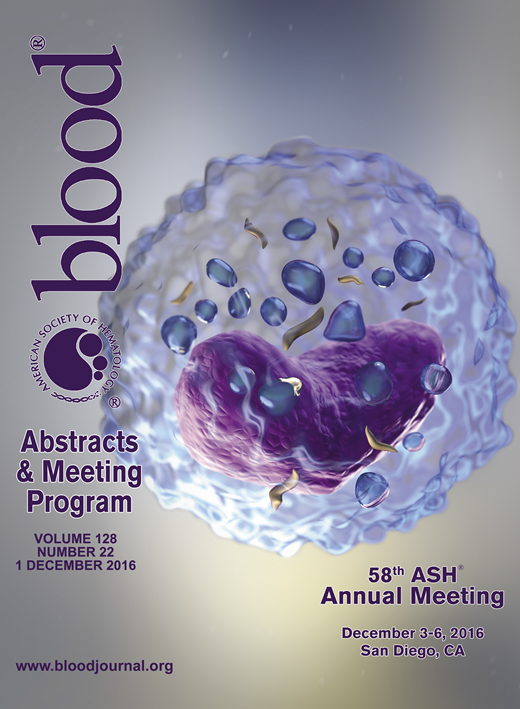Abstract
Clinicians frequently underestimate quality of life (QoL), level of depression, and the severity of important disease- and treatment-related symptoms in patients with haematological malignancies, while overestimating other aspects of disease. Better symptom control may result in improved treatment outcomes in this patients population. Adequate symptom assessment in routine clinical practice is very helpful to provide patient-centred care. The goal of the study was to assess symptom burden in adult patients with different haematological malignancies, namely malignant lymphomas (ML), multiple myeloma (MM) and chronic myeloid leukemia (CML), and identify similarities and differences in symptom burden across these tumor entities.
In total, 224 patients, both inpatients and outpatients, were included in the observational real-world study: 106 ML (Non-Hodgkin's lymphoma - 45; Hodgkin's lymphoma - 61), mean age - 34.8 years old, male/female -43/62; 43 MM, mean age - 58 years old, male/female -21/22; 75 CML, mean age - 51.3 years old, male/female - 37/38. Patients were enrolled at different stages of the disease (remission, stable, or progression) and at different phases of treatment (before, during or after treatment).All the patients were asked to name symptoms related to malignancy and/or its treatment that they experienced during the last week. The list of symptoms experienced by at least 10% of patients in each tumor entity was formed. 30 patients with each tumor entity were asked to mark in the symptom list the symptoms that had significant negative burden on their everyday activities, to rank on numerical rating scale scored from "0" (no symptom) to "10" (most expressed symptom) the severity of each marked symptom and to fill out the SF-36. Selection of symptoms with the highest negative impact on QoL was made using correlation analysis between symptom severity and QoL index (Coefficient Spearman r ≥0.5).
As the result, the list of symptoms with significant negative burden on patients' everyday activities was formed for each tumor entity: 17 symptoms for ML, 20 symptoms for MM, and 19 symptoms for CML (Coefficient Spearman r ≥0.5). Comparison of symptom burden in terms of similarities and differences across the diseases was conducted. For patients with ML, MM and CML there were revealed 12 common symptoms with significant burden on QoL: weakness/fatigue, easily getting tired after physical activity, sweating at rest/during mild physical activity, decreased work energy, feeling of constant tiredness, shortness of breath, palpitation, feeling of worry/anxiety, feeling of sadness, concentration loss, feeling afraid, nausea. Common symptoms with significant burden on QoL for ML and MM were memory loss, pain and drowsiness; for ML and CML - dizziness; for MM and CML - heat sensations. Specific symptoms with significant burden on QoL were as follows: for ML - chills; for MM - bloating, numbness, dry mouth and feeling thirsty; for CML - sleeping problems, numbness, headache, tingling and heart interruption.
The impact of CML, lymphoma and multiple myeloma and their treatment on patients' symptoms was studied. Symptom burden in terms of QoL impairment across different haematological malignancies was examined. Common and disease specific symptoms with significant negative impact on QoL were identified. Assessment of the symptoms with significant burden on QoL in real-world haematological practice may be beneficial for patients and of value to hematologists ensure quality of care in these patient populations.
Ionova:MSD: Speakers Bureau; BMS: Research Funding. Nikitina:BMS: Research Funding.
Author notes
Asterisk with author names denotes non-ASH members.

